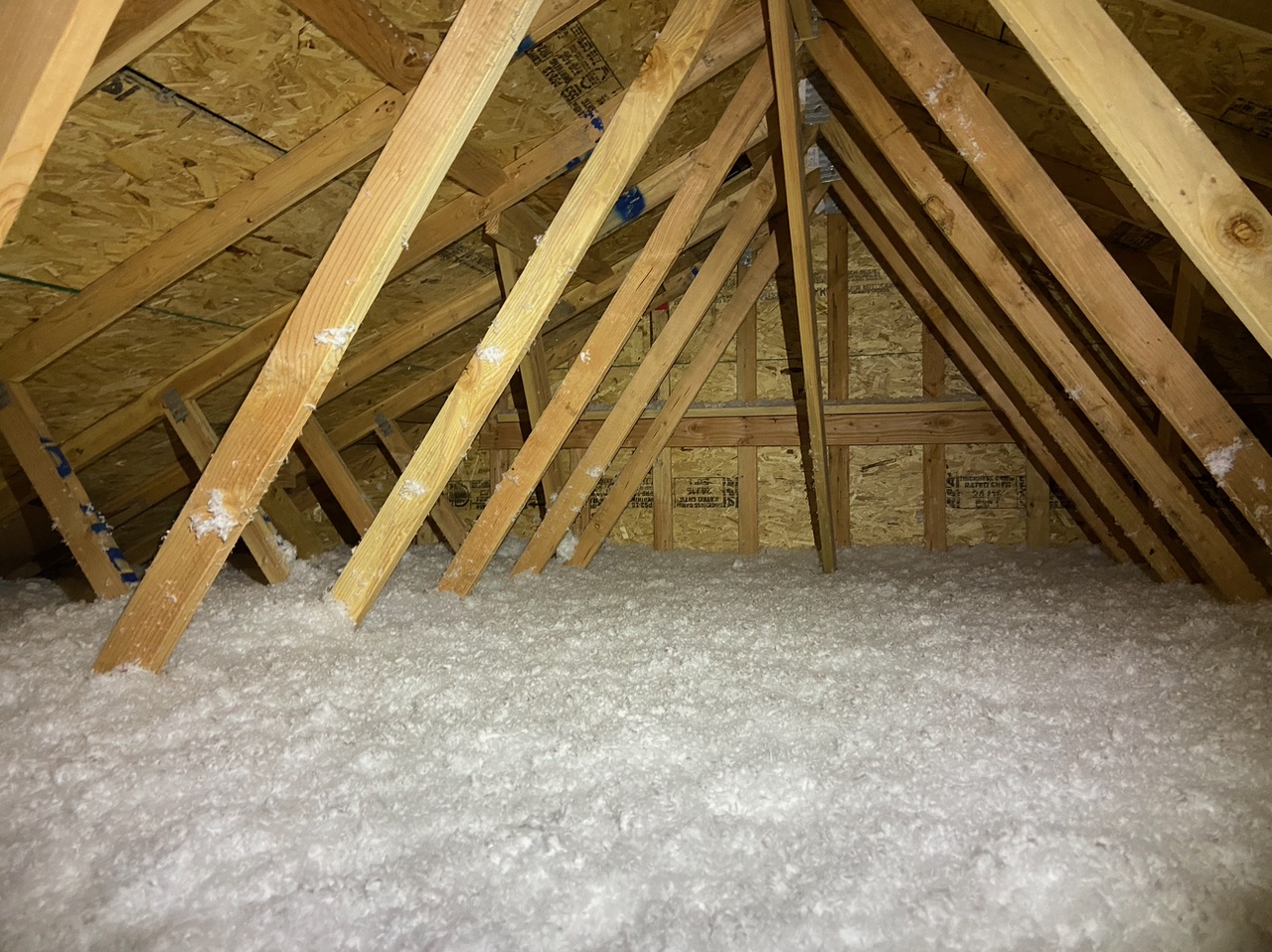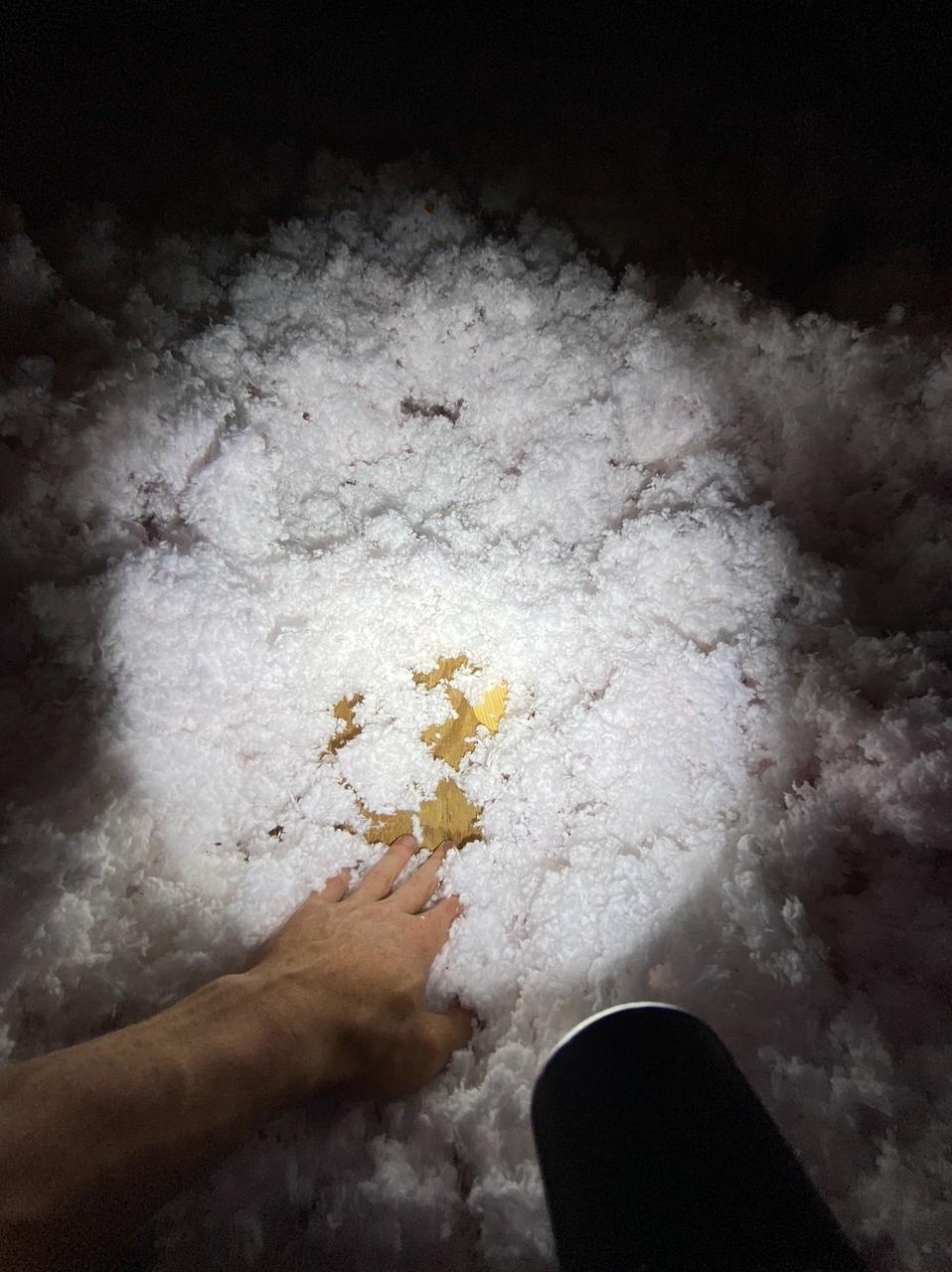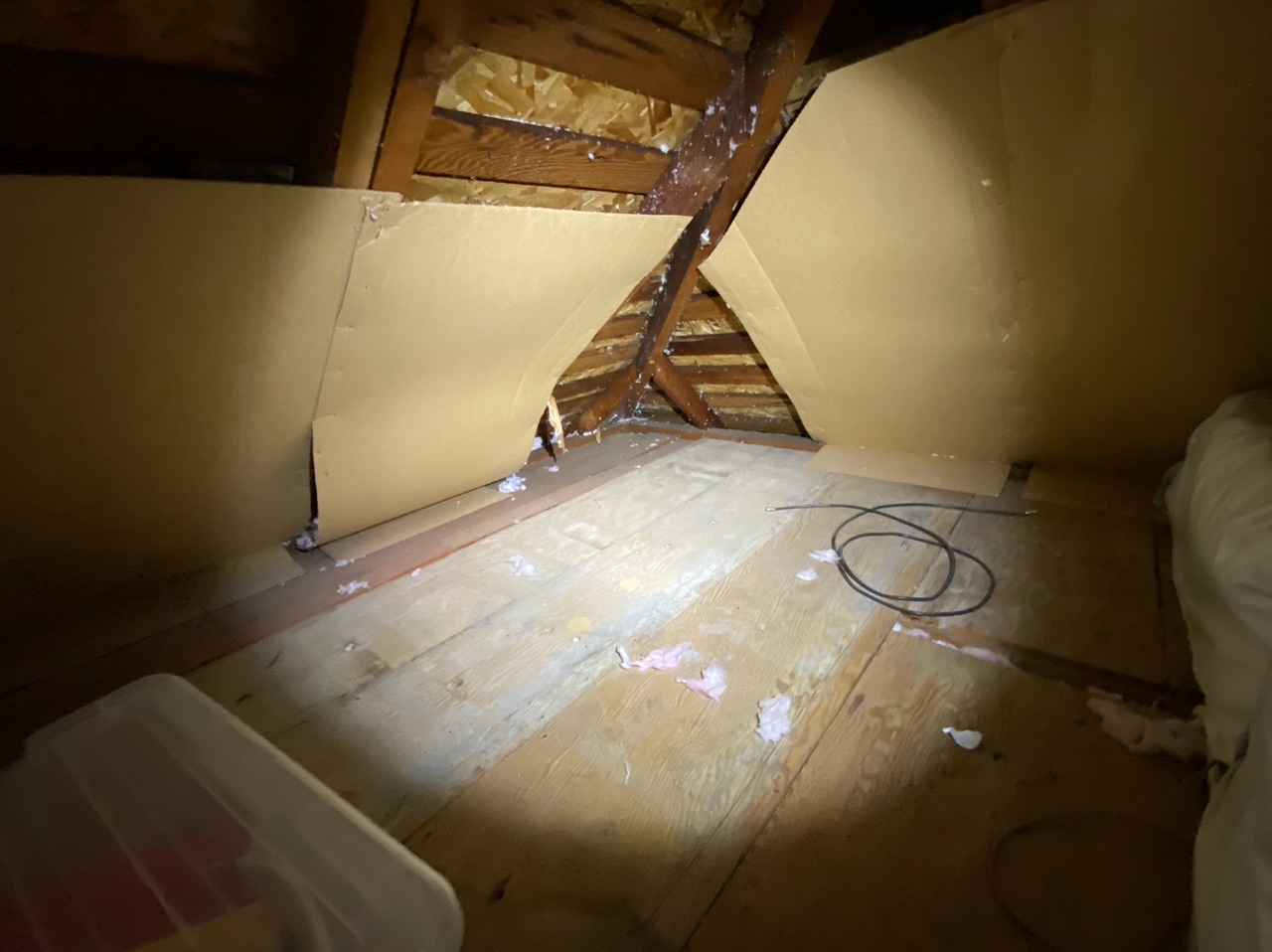Upgrading Your Attic Insulation? Air Seal First
Many homeowners and even some contractors overlook a critical step in the attic insulation process – air sealing. Properly sealed attics reduce energy costs and improve interior comfort by keeping hot air from seeping into living spaces during the warm months and reducing heat loss during winter.
If you’re considering investing in an attic insulation project, check out the Energy Trust of Oregon incentives for both DIY and contractor install projects.
How to check for Attic Air leaks
An attic bypass is an air pathway between your living space and your non-climate-controlled attic area. Not only do they make your insulation less effective, but they can also cause moisture issues due to warm air seeping out and creating condensation during cold months.
Attic bypasses usually occur around furnace vents, plumbing vents, electrical wiring, and recessed lighting, so check those areas carefully to see if they’re airtight.
Check out these images for some classic attic bypass examples.
Addressing Attic Air Leaks
If you’re looking to seal your attic yourself, check out this Building Science.com Attic Air Sealing guide.
Professional insulation services usually tackle air sealing by removing the existing insulation and applying spray foam insulation to create an airtight seal. A skilled DIY homeowner can address most attic bypasses with careful inspection and a can of spray foam. That said, it’s dirty work and can be daunting, depending on your attic conditions.
How Likely Attic Air Leaks in Your Home?
If your house was built pre-early 1990s, there’s a good chance your attic bypasses are unsealed. For homes more recently built homes, there may have been some effort to seal larger bypasses, but it’s unlikely that all gaps were addressed.
Poorly Sealed Attic Complications
If you insulate without air-sealing, you risk exacerbating existing problems like frost, moisture accumulation, and mold. Why? Because the new insulation can make your attic even colder than before, increasing bypass-related condensation.
Final Thoughts
It’s important to note that the most significant source of heat loss in any home is the attic (not the windows in most cases).
Few home projects have a better return on investment than upgrading attic insulation and air sealing. Addressing attic bypasses alone can improve your existing insulation’s performance and lead to significant energy savings while reducing the risk of attic moisture issues.
Air sealing your attic before adding new insulation will ensure you get the most from your investment and improve your home’s efficiency, comfort, and longevity.







